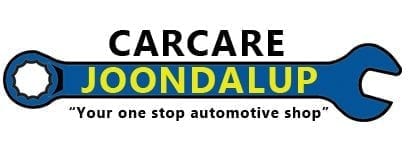Have you ever looked at the set of seemingly random numbers, letters and symbols on the sidewall of a tyre and wondered what they meant? While they may look meaningless to the untrained eye, these markings can provide a lot of useful information about the tyre’s construction, type and size. This is important because each vehicle is equipped with tyres designed to carry a maximum specified load when operating at a maximum given speed.
What the Markings Mean
An example of a tyre size marking is 195/55 R16 87 V. Now let’s break each component of that code down.
- The first 3 digits (195) represents section width – The tyre’s cross section width is measured on an ideal width of wheel that it has been designed to operate with. The measurement distance in millimetres is from the maximum width of the tyre’s mid point of its sidewall to the same point on the opposite sidewall.
- The second two digits (55) is the aspect ratio – This is the height of the tyre’s sidewall expressed as a percentage of the tyre’s section width. In the example, the height of the tyre’s sidewall is 55% of the tyre’s section width or 195 x 55% = 107.25mm.
- The third symbol (the letter R) is the construction code – In this case, R indicates the tyre is manufactured with a radial ply construction.
- The next two digits (16) represent the rim diameter – The tyre’s rim diameter is measured in inches taken from the wheel flange where the tyre is seated (bead seat area) to the same point on the opposite side.
- The next two digits (87) represent the tyre’s load index – The load rating, load index or load carrying capacity is represented by a numerical code and is associated with the maximum load that the tyre can carry when operating at its maximum speed rating up to but not exceeding 210kph.
- The last symbol (the letter V) represents the tyre’s speed index – The speed rating or speed index is associated with the tyre’s maximum speed capability when operating at its maximum load carrying capacity. A tyre marked with a ‘V’ speed rating, indicates it can be safely operated at a maximum speed of 240kph.
Some Commercial, or Light Truck vehicles require Commercial or Light Truck-rated tyres. These tyres will display a “C” after the rim size or an “LT” before the width measurement on the sidewall of your current tyres – e.g. 195R14C or LT35X10.5R16.
Finding New Tyres for Your Vehicle
The best way to find the right new tyres for your vehicle is to check the tyres you are currently using and search for new ones that have the same width, profile, rim, load rating and speed rating. To avoid getting the wrong tyres, you should check the size of both the front and rear tyres currently on your vehicle along with the tyre placard in your vehicle.
It’s essential to avoid mixing and matching tyres with different speed ratings. There’s generally no problem in using a higher speed rating tyre on your vehicle than recommended but you cannot go lower than the values listed on your tyre specification from your car manufacturer.
Contact Car Care Joondalup for Expert Servicing and Repairs
For any and all auto repairs and servicing including tyre changes, our expert Joondalup mechanics can help. Call the team at Car care Joondalup on (08) 9300 9796 or contact us online today.


